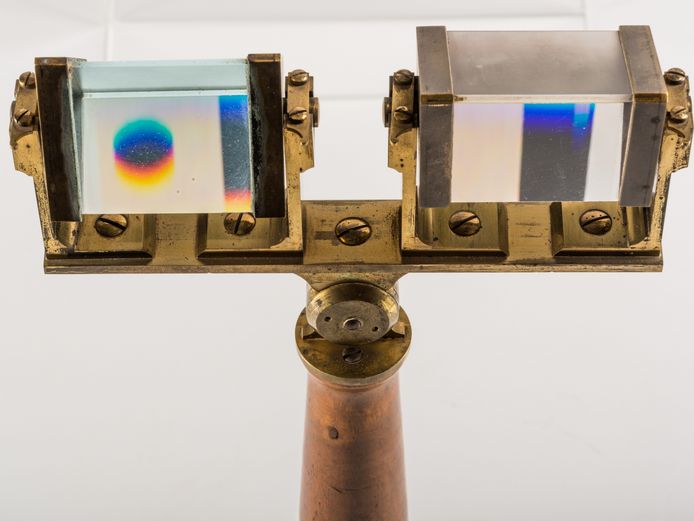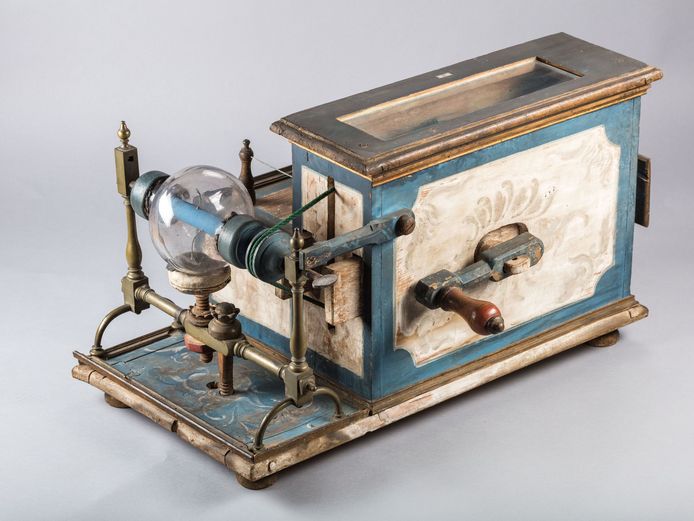Projects of the Klassik Stiftung Weimar are funded by the European Regional Development Fund (ERDF) and the Free State of Thuringia, represented by the State Chancellery of Thuringia, Department of Culture and the Arts.
“Light and Substance”
When we think of Goethe and the natural sciences, his colour theory comes to mind almost immediately. And for good reason: His three-part, 1,400-page treatise On the Theory of Colours from 1810 was Goethe’s most extensive work. The poet considered it to be the most important accomplishment of his lifetime – above and beyond his works of literature.


Goethe carried out elaborate experiments to learn more about the nature and composition of light and colours. In so doing, he made important discoveries in the physiology of vision, but also proposed controversial and now untenable theories which he tenaciously defended against every criticism.
The third part of the exhibition “Light and Substance” presents Goethe’s studies of physics, ranging from optics to electricity and embedded in the context of his times – an era defined by revolutionary discoveries which still shape our scientific worldview. Although some of Goethe’s theories are completely at odds with accepted physical doctrines today, his studies were always tied to the pulse of the times. He was one of the first to learn of the existence of ultraviolet light, discovered by Johann Wilhelm Ritter in Jena in 1801. One day after his discovery, Ritter travelled to Weimar to carry out the optical experiments with Goethe personally. The existence of UV light, infrared light discovered by Wilhelm Herschel in 1800, the wavelike properties of light proven by Thomas Young in 1802, and the dark absorption lines described by Joseph Fraunhofer in 1814 were among the most pioneering advances in the fields of modern astrophysics and cosmology. From the depths of the earth to the biosphere of our planet and beyond, the exhibition points to the stars, to the expanses of space, and to new, future and yet unexplored adventures in reason.

